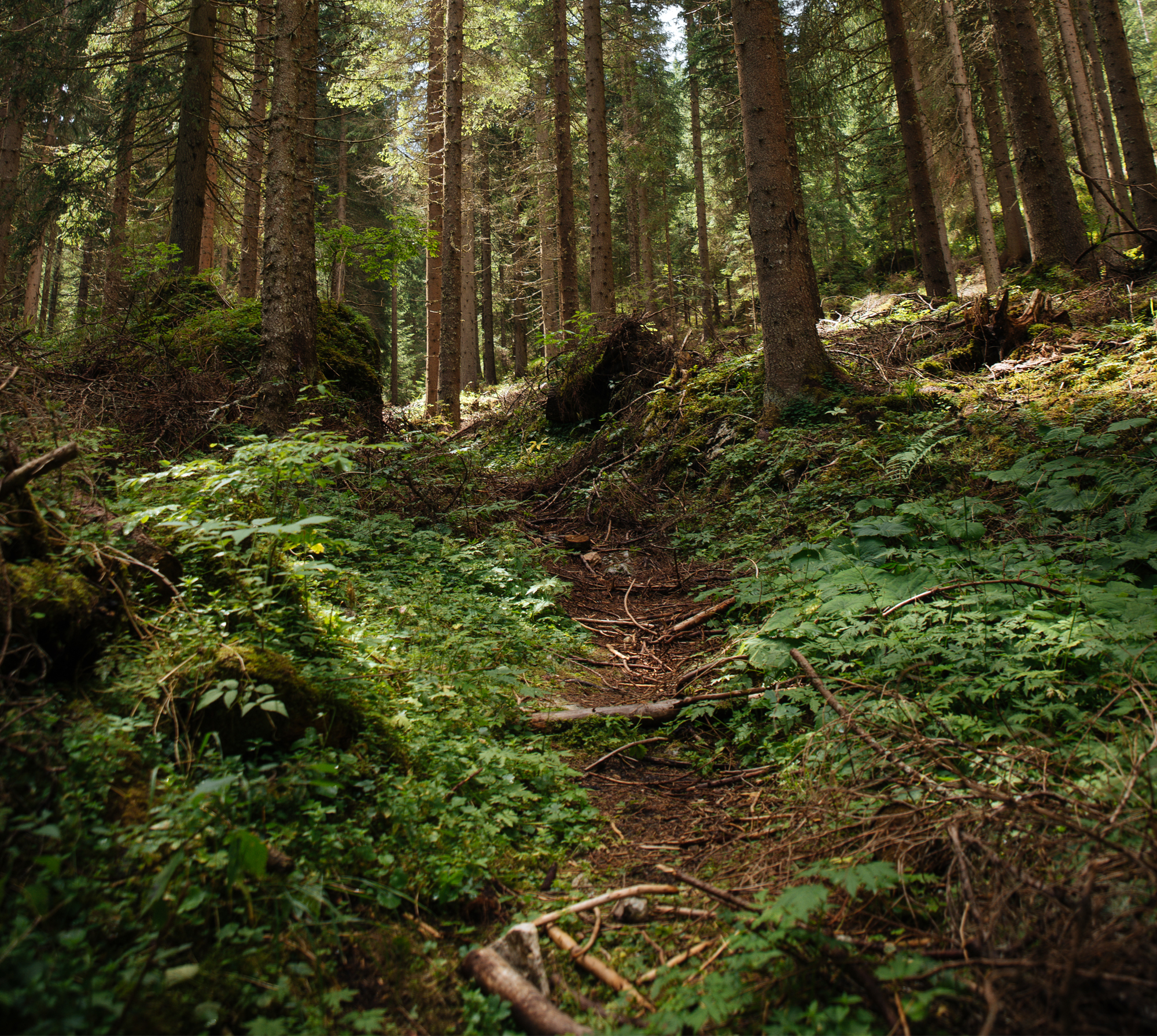
Analiza związków między roślinnością a cechami edaficznymi siedliska za pomocą modeli porządkowania
An analysis of the relationships between vegetation and site's edaphic features by the ordination models
Autorzy
-
Janusz Czerepko
Instytut Badawczy Leśnictwa, Zakład Siedliskoznawstwa
Sękocin Stary, ul. Braci Leśnej 3, 05-090 Raszyn
e-mail: J.Czerepko@ibles.waw.pl
Abstrakt
The analysis of ordination methods with regard to creating vegetation-habitat relationship model was presented in this work. Some of the methods, e.g. the DCA (Detrended Correspondence Analysis) and the CCA (Canonical Correspondence Analysis) can support the typology diagnosis in practice. The use of ordination methods leads to objective typological analyses as it allows to determine the similarities on the basis of both large number of data and features describing objects (habitats, communities etc.). The report was mainly concentrated on relationships between chemical soil parameters and ground vegetation cover.
The analyses showed that the most important soil features within vegetation-habitat model were: base saturation, soil reaction, C/N, the interchangeable reaction, content of manganese. The ordination diagram (DCA) of soil data did not allow to make essential and precise distinction of forest site types, particularly with large data use. That shows an advantage of applying in practice IBL’s complex typological method, where both soil and vegetation data were used during the analysis.
Słowa kluczowe
| DOI | |
|---|---|
| Source | |
| Print ISSN | |
| Online ISSN |
|
| Type of article |
|
| Original title |
|
| Publisher | |
| Date | |

